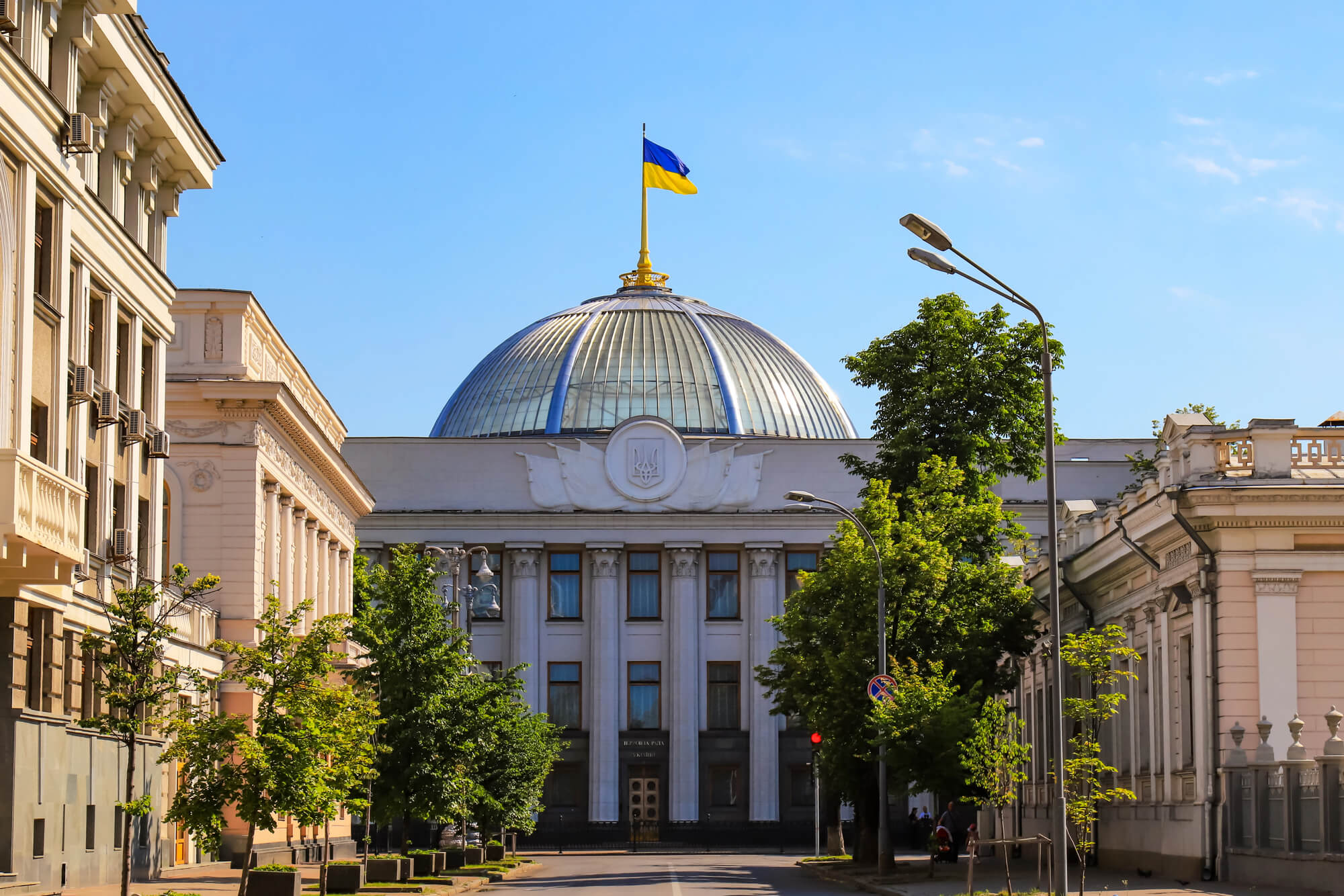As a result of the weakening of quarantine, the issue of the economy has to some extent been resolved. However, distance learning has become a really serious challenge for the society.
The rapid rise in sickness rate amid a severely weakened economy by spring quarantine has sparked public debate over whether to reintroduce lockdown and tighten existing restrictions. How the population of Ukraine perceived quarantine and related economic difficulties, in particular, the threat of unemployment, we talked in detail in a previous article, which referred to the trends observed until September. In October and November, the increase in sickness rate accelerated sharply. The real-time data provided by the Google Trends service, which aggregates Google search query statistics, can give you an idea of the change in mood during this period.
To trace how the situation around the coronavirus developed in people’s perception of it, we looked at three types of queries in Ukrainian and Russian languages on the territory of Ukraine. The first one is about the actual conditions of quarantine, the second is inquiries about the symptoms and treatment of the disease, and the third one is inquiries related to unemployment. For each of them we also show the summarized data.
Figure 1. Queries about the conditions of quarantine in Google Search, Ukraine, data for 2020.

Source: Google Trends. Note (applies to all charts in this article): Google Trends provides only relative values. The algorithm determines the point on the graph when the query was most popular during the selected period, and takes this value as 100. All other points are determined as a percentage of the maximum.
The frequency of searching for information on quarantine conditions has three peaks. The first one is the initial expected end of quarantine, the second, the largest one, is the decision to grant local authorities power to quarantine restrictions, and the third one is discussions amid the rising sickness rate in October. The peak of inquiries about symptoms and treatment options was on March 15, and in general it was at its maximum in the second half of March, when this topic was still “new”, and cases of the disease were quite rare. In April, interest was declining and then stabilized. Interestingly, the growth resumed from early August, accurately coinciding with the acceleration of sickness rate (Figure 2).
Figure 2. Queries about the symptoms and treatment of coronavirus disease in Google Search (Ukraine) amid the real sickness rate, data for 2020.

Source: Google Trends
Now let’s consider the dynamics of interest in the topic of unemployment benefits (Fig. 3). The period of strict quarantine was characterized by high demand for this type of information, and this interest generally remained elevated until the end of July. This means that the problems with the work of the population and the fear of economic troubles continued, but in autumn the level of interest in the topic of labor exchange reached almost pre-crisis level, which in turn indicates the resumption of economic activity.
Figure 3. Unemployment queries in Google Search, Ukraine, data for 2020.

Source: Google Trends
But the most interesting picture can be seen by comparing the key queries, that we considered, together, adding another aspect of the quarantine reality — the distance learning (Figure 4). It turns out that the problem of distance learning is of great concern to society, even more, than the symptoms of the disease at its peak.
Figure 4. Comparison of key queries in Google Search, Ukraine, data for 2020.

Source: Google Trends
Obviously, our sample of queries is not comprehensive, but it reflects certain trends. Based on the dynamics of interest in unemployment, economic recovery took place at the turn of the 3rd and 4th quarters, which coincided with the beginning of the new wave of the epidemic. If the issue of the economy has been resolved to some extent, as a result of the weakening of quarantine, another really serious challenge for society has been become the distance learning. Although it is not possible to state unequivocally to what extent the negative or positive load is of interest in distance learning, the September opinion polls show a negative attitude towards this experience.
Most European countries, which have already sharply tightened restrictive measures, still do not close schools. The long-term consequences of the lack of proper education of children, and the degree of excitement of society, are forcing the authorities to keep this measure, as an emergency. Ukrainian experts do not recommend mass closures of schools and kindergartens, and our analysis also supports this position.
Attention
The author doesn`t work for, consult to, own shares in or receive funding from any company or organization that would benefit from this article, and have no relevant affiliations



